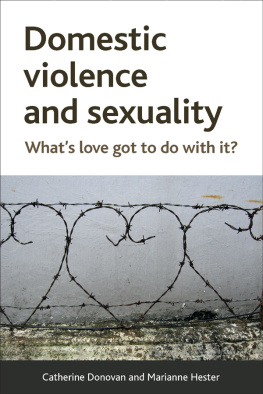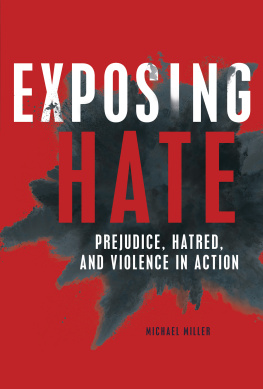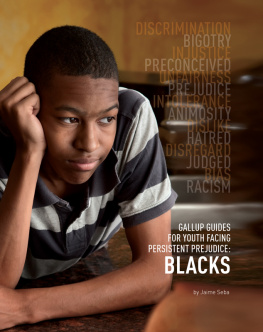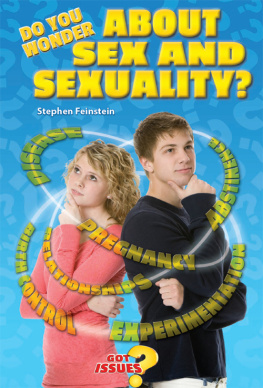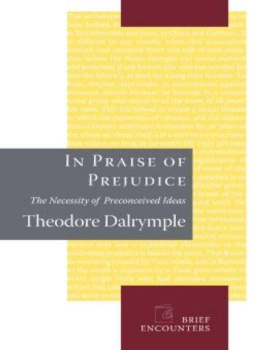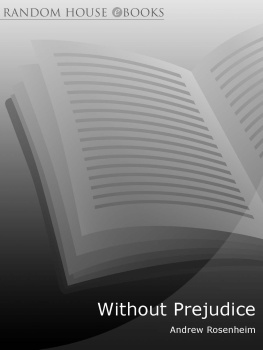Violence, Prejudice
and Sexuality
Routledge Advances in Criminology
1. Family Life and Youth Offending
Home Is Where the Hurt Is
Raymond Arthur
2. China's Death Penalty
History, Law, and
Contemporary Practices
Hong Lu and Terance D. Miethe
3. The Politics of Antisocial Behaviour
Amoral Panics
Stuart Waiton
4. Hooked
Drug War Films in Britain, Canada,
and the United States
Susan C. Boyd
5. The Violence of Incarceration
Edited by Phil Scraton and
Jude McCulloch
6. Violence, Prejudice and Sexuality
Stephen Tomsen
First published 2009
by Routledge
270 Madison Ave, New York, NY 10016
Simultaneously published in the UK
by Routledge
2 Park Square, Milton Park, Abingdon, Oxon OX14 4RN
Routledge is an imprint of the Taylor & Francis Group, an informa business
2009 Taylor & Francis
All rights reserved. No part of this book may be reprinted or reproduced or utilised in any form or by any electronic, mechanical, or other means, now known or hereafter invented, including photocopying and recording, or in any information storage or retrieval system, without permission in writing from the publishers.
Trademark Notice: Product or corporate names may be trademarks or registered trademarks, and are used only for identification and explanation without intent to infringe.
Library of Congress Cataloging-in-Publication Data
Tomsen, Stephen.
Violence, prejudice and sexuality / by Stephen Tomsen.
p. cm. (Routledge advances in criminology ; 6)
Includes bibliographical references and index.
1. Gays Crimes against. 2. Homophobia. 3. Hate crimes. I. Title.
HV6250.4.H66T67 2009
364.15086'64 dc22
2008040047
ISBN10: 0-415-95655-2 (hbk)
ISBN10: 0-203-88290-3 (ebk)
ISBN13: 978-0-415-95655-0 (hbk)
ISBN13: 978-0-203-88290-0 (ebk)
Foreword
This book has the ingredients of a thriller. It has sex and crime. It has decisions with life-and-death stakes, hidden identities, doubt in high places, courtroom drama, ambushes in the dark and brutal murder.
Indeed, some of the killings described here are so violent that they suggest a state of war. That there might be some kind of war going on in the perpetrators minds, at least, is strongly suggested by the unfolding evidence.
But this book is not entertainment. It is something much more important: social science, original and carefully researched, dealing with very troubling issues of contemporary life.
In this generation questions about sexuality, and the social relations that affect sexual conduct and experience, have become much more central in the social sciences. We no longer think of sexuality just as an undercurrent in the psyche, or a matter of elementary biology. We recognise that issues about bodily interaction, emotional attachment, and the role of sexuality in the making of identities and the drawing of boundaries, are important features of our social world.
We also recognise that sexuality is often not romantic. While sexualised relationships involve beauty and love, they can also involve hostility and violence. Sexual disgust and antagonism, as well as desire, can be the conduits for social tensions that arise from many sourcesclass inequalities, population movements and ethnic antagonisms among them.
Social science has also been generating new ways of thinking about such antagonisms, about personal and collective violence, and about crime. The gendered character of crime has come into focus. We now have ways of understanding the links between social marginalisation or inequality and violence that keep social structure in view, without arguing away the agency of marginalised people or the intentionality of violence.
Violence, Prejudice and Sexuality is written at a place where these advances meet. It gives us a highly sophisticated analysis, backed by empirical research, of prejudice and violence against lesbians and gay men, and how this violence is handled by the public institutions responsible for order and law.
Social science comes in multiple forms, and this is a multifaceted study. This book has a strong sense of history, not just of the communities immediately affected by anti-homosexual violence, but also of the larger culture in which ideas about sexuality and identity are embedded. It gives an exceptionally clear account of the way our society's commonsense distinction between heterosexuals and homosexuals came into being.
This requires a study of the discursive construction of identities, the ways it is possible to think about who we are, and the central role sexuality now plays in that process. However, the author also recognises that discourses don't float free. He has a strong sense of the material inequalities that shape lives and create dilemmas that can lead to violence. He affirms the material force of physical bodies and the power of the unconscious. Notably, too, he explores the role of institutions, such as courts and police. These institutions have their own ideologies of gender and sexuality that shape the way they deploy state power.
Sexuality and violence both involve face-to-face interactions between people. Stephen Tomsen has a real talent for portraying personal relationships, both long-standing and fleeting, and their crises. Violence is not a fixed condition; it is something that happens, at a particular time and place. The book gives vivid pictures of the way interactions, on the street or in the home, can move towards violence, given certain circumstances. And it sometimes makes telling contrasts with interactions that don't move towards violence.
To understand this range of questions, the author brings together a wide range of data, including international research on prejudice and violence, and an intriguing local study of the audience at the Sydney Gay and Lesbian Mardi Gras parade. At the core, however, is his harrowing examination of homophobic killings in New South Wales over two decades, using detailed legal records as well as press and other sources. With great care, Tomsen teases out the main patterns in these killings and tests the available theories against them. As well as exploring the motives of different groups of perpetrators, this gives a unique, and disturbing, picture of the legal and police system at work.
An important part of the social role of social science is its capacity for critique. This book is notable for its thoughtful critique of mainstream assumptions about these issues. Its examination of court proceedings, for instance, dissects the assumptions about identity, gender and social marginality made by judges and juries, and sometimes intelligently appealed to by defence counsel.
The book also weighs critically the concepts that have been offered by gay theorists and activists in attempts to understand prejudice and violence. Among the main contributions of the book is its careful examination of the ideas of homophobia and hate crime, and the limitations of these formulae for understanding what actually happens on the ground.
Yet the book is more than data plus critique. It has a substantive interpretation to offer, and a surprising onecertainly one that runs against the trend of much recent deconstructive theory about sexuality and identity, which only emphasises their discursive form.




